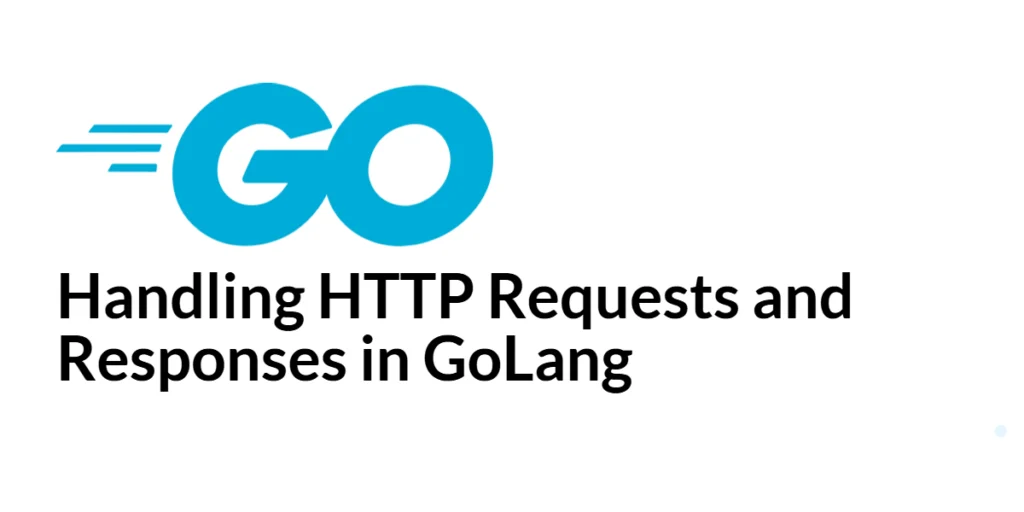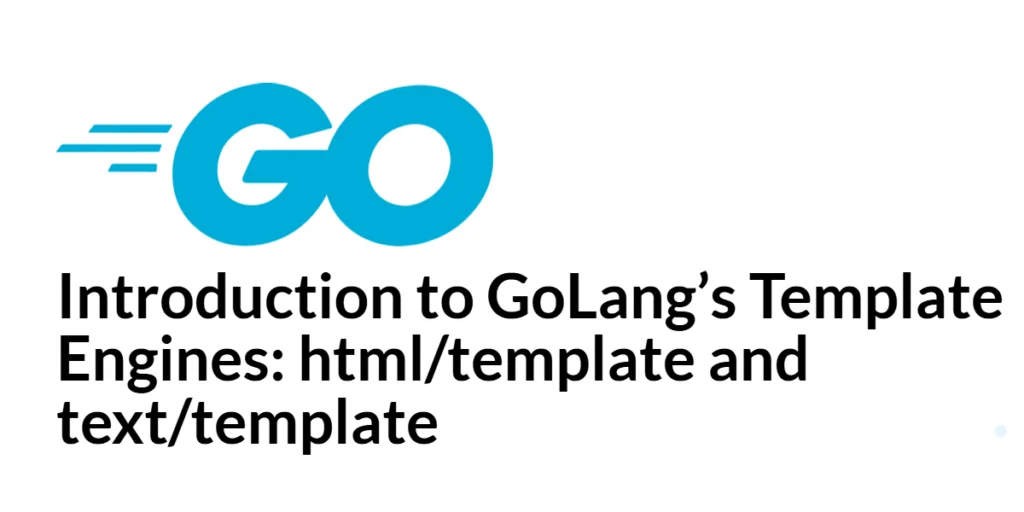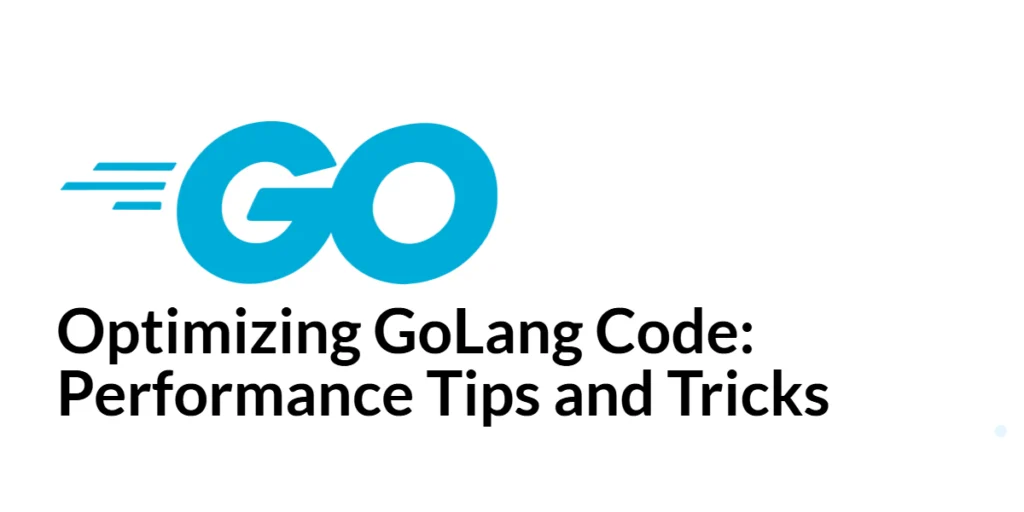Creating RESTful Web Services with GoLang and Gin
RESTful web services have become the standard for designing networked applications. They offer a simple, consistent way to interact with resources over HTTP. REST stands for Representational State Transfer, and it is an architectural style that uses standard HTTP methods like GET, POST, PUT, and DELETE to interact with resources. GoLang, known for its simplicity […]
Creating RESTful Web Services with GoLang and Gin Read More »









